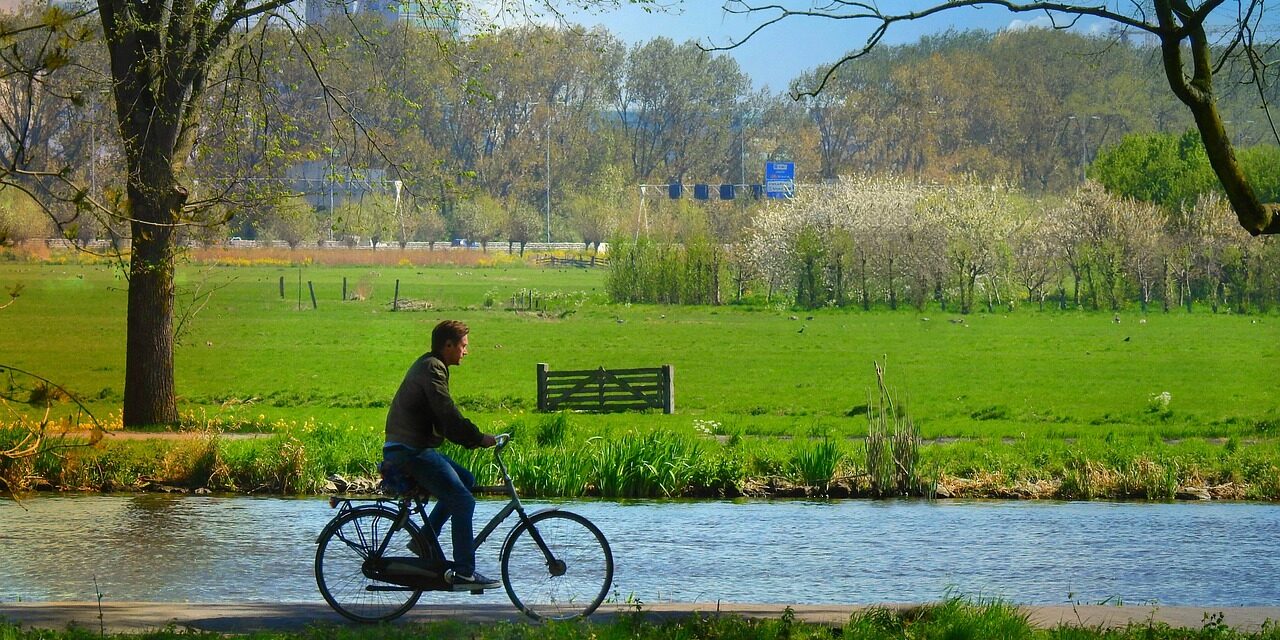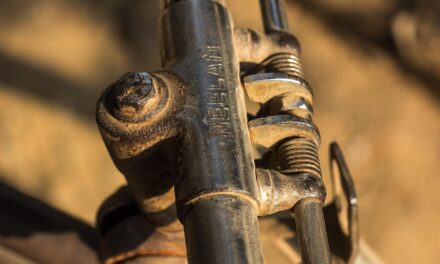Historical context and human activities contributing to the decline explained
Historical context and human activities contributing to the decline – Everything you need to know!
The Great Salt Lake: A Vital Ecosystem in Crisis
A once-thriving sanctuary for diverse wildlife, the Great Salt Lake is shrinking at an alarming rate, with consequences rippling through the entire ecosystem and beyond.
The Water Cycle in Peril: The majestic lake, once a vibrant hub of life, is fed by the snowmelt and rainfall that flow from the surrounding mountains. But a devastating combination of drought, climate change, and human water consumption is drying up its vital source.
A Chain Reaction of Impacts: This shrinking lake is leaving a trail of devastation in its wake:
-
Wildlife at Risk: Countless bird species, from migratory shorebirds to breeding gulls, rely on the lake for food and shelter. As its waters recede, their habitat disappears, threatening their survival. Fish populations are also struggling, further disrupting the delicate food web.
-
A Disrupted Ecosystem: The Great Salt Lake plays a crucial role in Utah’s climate. Its vast surface reflects sunlight, keeping temperatures cool. As it shrinks, this cooling effect is diminished, potentially exacerbating the effects of climate change.
Hope on the Horizon: The Active Climate Rescue Initiative is working tirelessly to find solutions to the lake’s water crisis. They are advocating for responsible water management, exploring innovative conservation techniques, and raising awareness about the urgency of the situation.
The Great Salt Lake is a precious resource, vital not only to Utah’s natural heritage but also to the health of the entire region. It’s time to act. We must all work together to preserve this unique ecosystem before it’s too late.
The Great Salt Lake: A Lake in Trouble
TL;DR: The Great Salt Lake is shrinking because of drought, climate change, and how we use water. This is bad for the lake, wildlife, and even the air we breathe. We need to save water by using it wisely, changing how we farm, and working together to protect this important part of our environment.
The Great Salt Lake: A Vital Ecosystem
The Great Salt Lake is a unique and important part of Utah. It’s the largest saltwater lake in the Western Hemisphere and home to many birds, fish, and other wildlife. Imagine a giant bathtub holding all the water from the rivers and streams that flow into it. This water then slowly evaporates, leaving behind the salt.
The Water Cycle: From Mountains to Lake
The Great Salt Lake gets its water from snow and rain that falls in the mountains. This water flows down rivers and streams into the lake. It’s like a giant water slide, but instead of a slide, it’s a river flowing downhill.
Salt Lake City: A Thirsty City
The Salt Lake City area, with its many people, farms, and businesses, uses a lot of water. This water comes from the same sources that feed the Great Salt Lake.
The Shrinking Lake: A Warning Sign
Over the last few decades, the Great Salt Lake has been shrinking. This is happening because of several things:
- Drought: There hasn’t been enough rain and snow to keep the lake full. Imagine your bathtub losing water faster than it’s being filled.
- Climate Change: As the climate changes, the weather patterns become more unpredictable. There’s less snow in the mountains and more evaporation from the lake.
- Human Activities: We use a lot of water for farming, cities, and industry. This leaves less water for the lake.
The Consequences: A Chain Reaction
The shrinking of the Great Salt Lake has serious consequences:
- Wildlife: Many birds and fish rely on the lake for food and shelter. When the lake gets smaller, their habitats are destroyed, and their populations decline. It’s like taking away their home and food.
- Air Quality: The lake helps to clean the air by trapping dust and pollutants. When the lake shrinks, the air quality gets worse. It’s like having less air filters.
- Economy: The lake supports tourism and recreation industries. A shrinking lake means fewer visitors and less money for the local economy. It’s like closing down businesses that rely on the lake.
Finding Solutions: A Shared Responsibility
We need to find ways to help the Great Salt Lake. Here are some ideas:
- Water Conservation: We can all do our part by using water wisely in our homes and gardens. It’s like being careful not to waste water when we brush our teeth or water our plants.
- Sustainable Agriculture: Farmers can use new techniques to grow crops using less water. This is like finding ways to grow food without using too much water.
- Policy Measures: Governments can create laws to protect the lake and promote water conservation. It’s like setting rules to make sure we don’t take too much water from the lake.
The Active Climate Rescue Initiative
The Active Climate Rescue Initiative is a group working to find solutions to the Great Salt Lake’s water shortage. They are focusing on sustainable agriculture practices and working with local communities to save water.
Summary
The Great Salt Lake is facing a serious challenge due to drought, climate change, and the way we use water. This is affecting wildlife, air quality, and the local economy. We can all help by using water wisely, supporting sustainable agriculture, and working together to protect this important natural resource.
More on Historical context and human activities contributing to the decline…
- ## Historical Context and Human Activities Contributing to Decline:
- **Historical deforestation
- **Agricultural intensification
- **Overgrazing
- **Pollution from agriculture
- **Climate change impact on agriculture
- **Land use change and agriculture
- **Industrial agriculture and decline
- **Monoculture and biodiversity loss
- **Pesticide use and environmental impact
- **Fertilizer use and water pollution
- **Historical farming practices and their consequences
- **Loss of traditional knowledge in agriculture
- **Colonialism and agricultural practices
- **Industrial revolution and agricultural transformation
- **Human population growth and food production
- **Intensification of livestock farming
- **Overfishing and aquaculture
- **Impacts of urbanization on agriculture
- **Food waste and its historical context
- **Historical trends in agricultural productivity
- **Role of technology in agricultural decline
- **Socioeconomic factors contributing to decline
- ## Sustainable Agriculture Practices:
- **Organic farming
- **Agroecology
- **Permaculture
- **Conservation agriculture
- **Regenerative agriculture
- **No-till farming
- **Crop rotation
- **Intercropping
- **Agroforestry
- **Water conservation in agriculture
- **Sustainable pest management
- **Integrated pest management (IPM)
- **Organic fertilizers
- **Composting
- **Biodiversity in agriculture
- **Sustainable livestock farming
- **Pasture management
- **Reduced tillage
- **Precision agriculture
- **Climate-smart agriculture
- **Sustainable food systems
- **Local food systems
- **Circular agriculture
- **Agritourism
- **Soil health
- **Water quality in agriculture
- **Carbon sequestration in agriculture
- **Sustainable agriculture certifications
- **Economic benefits of sustainable agriculture
- **Social equity in sustainable agriculture
- **Education and training in sustainable agriculture
- **Policy and regulations for sustainable agriculture
- **Research and development in sustainable agriculture











